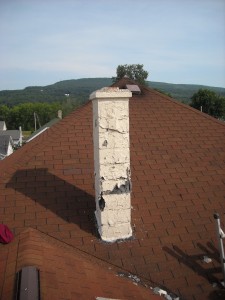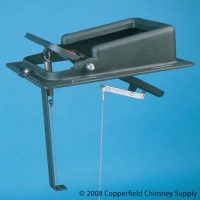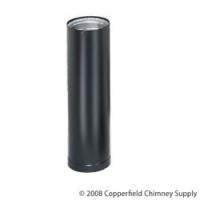The chimney that you see rising above a house or other building is only the exterior portion of a system that is vital to the safe operation of fireplaces and other appliances that burn fuels inside the building. The chimney, traditionally built of bricks, but now also built of other materials in newer buildings, is the support structure for the flue. The flue is the opening inside the chimney that carries products of
combustion safely from the point of fuel use to the outside atmosphere. For safe operation of the fireplace or other appliance, it is imperative that the inside walls of the flue be sealed from top to bottom so that no gases or other fluids can leak into the surrounding chimney structure or into the building from inside the flue. If the flue is not tightly sealed, acidic moisture from the products of combustion and from external sources such as rain and snow can penetrate the chimney structure and degrade the integrity of the bricks and mortar over time. A poorly sealed flue can also let poisonous carbon monoxide gas into the building. Cracks in the flue can also allow intense heat and flames to escape into the external chimney structure or into the building itself, sometimes causing destructive and lethal fires. For all of these reasons, many chimneys should have a new chimney liner installed inside the flue, or an existing liner replaced if it is no longer functioning properly.
Chimneys built before the 1940’s relied upon the bricks and mortar that made up the flue walls being well constructed and leak proof. Since the 1940’s, chimneys have been built with a chimney liner installed as part of the construction process. The most common type of chimney liner built into brick chimneys is composed of clay tiles stacked inside the flue and sealed with mortar. A clay tile chimney liner, if properly built, will last several decades without leaking, unless there is settling or other factors that cause the tiles or mortar to crack. Older chimneys without clay tile liners will deteriorate over time due to heat and moisture, and will begin to leak without proper maintenance.
A regular inspection of a chimney to check for cracks in the bricks, mortar, or clay tile liner is necessary to ensure safe operation of the chimney system. If the inspection reveals damage to the inside of the flue, the chimney liner should be replaced or a new one installed before the appliance connected to the flue is used again.
by: Steve Costigan






